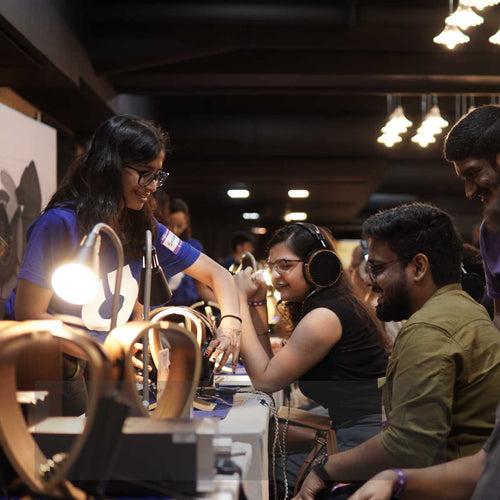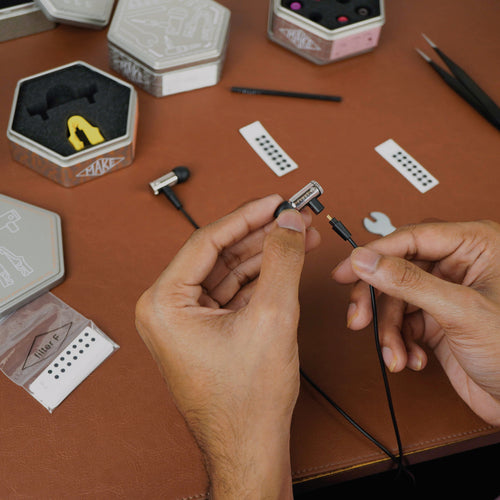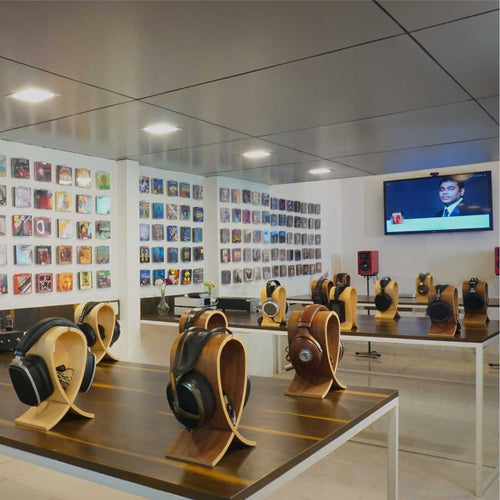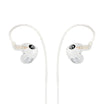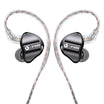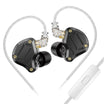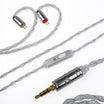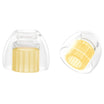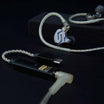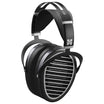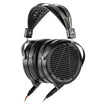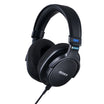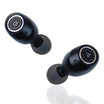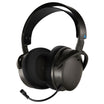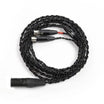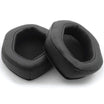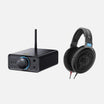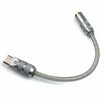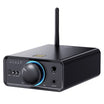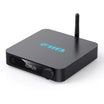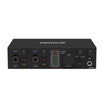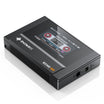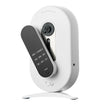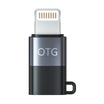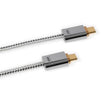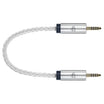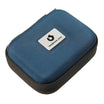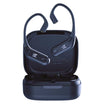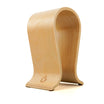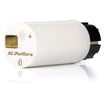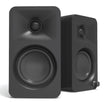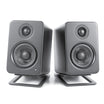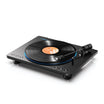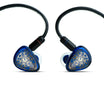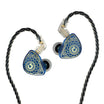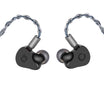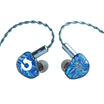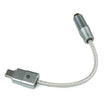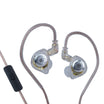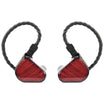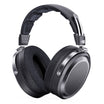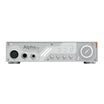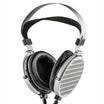Beginner's Guide
What are IEMs or In-Ears Monitors and how are they different from Earphones?
You're probably listening to the term in-ear monitor for the first time while browsing our incredible collection of headphones on our website, and you're asking yourself what is an in-ear monitor? And how is it different from any other regular earphones that you may have out there? So we are going to try and explain to you what the term in-ear monitor or IEM means.
Intro
Hi guys, this is Raghav here from Headphone Zone. You're probably listening to the term "In-Ear Monitor" for the first time while you're browsing this incredible collection of headphones on our website, and you're asking yourself, "What's an In-Ear Monitor, and how is it different from any other regular earphones that you may have out there?" So I'm gonna try and explain to you what the term "In-Ear Monitor" or "IEM" really means.
What are In Ear Monitors
Now, most of us are familiar with an in-ear earphone. It's a canal-type earphone with a silicone earbud that goes inside the ear canal, giving you a really nice snug fit and blocking out outside sound. A lot of the earphones that you and I have been using over the last 10-15 years are all in-ear earphones. It's a little bit different from the open-style earbuds that some people with older earphones may be familiar with, which sit on the outside. An in-ear earphone goes in, but in-ear earphones on their own are very different from In-Ear Monitors.
In-Ear Monitors were designed by professional musicians and mix engineers for artists, singers, and musicians to use on stage. When you're performing on stage as a musician, you need to be able to listen to yourself—your singing, your guitar playing, your drumming—to know how you sound with the entire band. Traditionally, how you would do this on stage is by using a pair of monitor speakers. Monitor speakers are placed on the floor of the stage, pointed upwards, allowing you to listen to yourself while performing. Monitor speakers have been there since time immemorial, but at some point, people started asking themselves, "Hey, is there a better way of listening to yourself on stage than having really, really loud speakers trying to cut through the sound of the crowd?" And thus, In-Ear Monitors were born.
In-Ear Monitors allow you to listen to your own singing and playing on stage by blocking out the sound of the crowd at relatively controlled volumes. With In-Ear Monitors, the emphasis is on quality. You want to be able to listen to each and every instrument with perfect accuracy and detail. So, In-Ear Monitors can pack a lot of different drivers and speakers into these tiny shells that sit on your ears. They can sometimes get a little heavy, which is why they're typically worn over your ears. This way, the weight of the earphones is supported by your earlobe, very similar to wearing a pair of glasses.
With traditional earphones that you and I are familiar with, we typically just put them into our ears and leave them there. However, over long hours, this can pull down on your ear, creating a lot of fatigue and pain—especially if the earphones are heavy. That’s why In-Ear Monitors are specifically built to be very comfortable, fitting in your ears like a glove and allowing for long hours of use without discomfort.
In-Ear Monitors used to be very expensive. Until a few years ago, you would typically find models with 8, 12, or even 15 drivers per side, which cost a lot of money. They sounded fabulous, but with time, technology has trickled down to a place where today, In-Ear Monitors don't cost more than a few thousand rupees—and they can sound absolutely fabulous compared to traditional in-ear earphones.
You'll find that In-Ear Monitors are built solely for one purpose: to sound incredible. The music can sound lifelike and realistic. If they fit in your ear well, they do a great job of blocking out outside sound while remaining comfortable enough for long listening sessions. Today, the term "In-Ear Monitors" is used to describe a lot of different high-end, high-quality earphones available on the market, but the principle remains the same.
All right, there you have it, folks! That’s the very simple difference between an In-Ear Monitor and regular earphones. It makes all the difference in the world when you upgrade yourself to an IEM, and I highly suggest that you try one out to know for yourself!
Talking To Us Is Easy
Get in Touch with Our Team directly - We're Here to HelpWrite to Us
Prefer to drop us a line? Our team will get back to you via email within a working day.
Our customer support is available Monday to Friday: 11am - 6pm.
Write to Us
Join the Discussion
We're not the experts on everything, but our community is. Join The Indian Audiophile Forum.
Join community